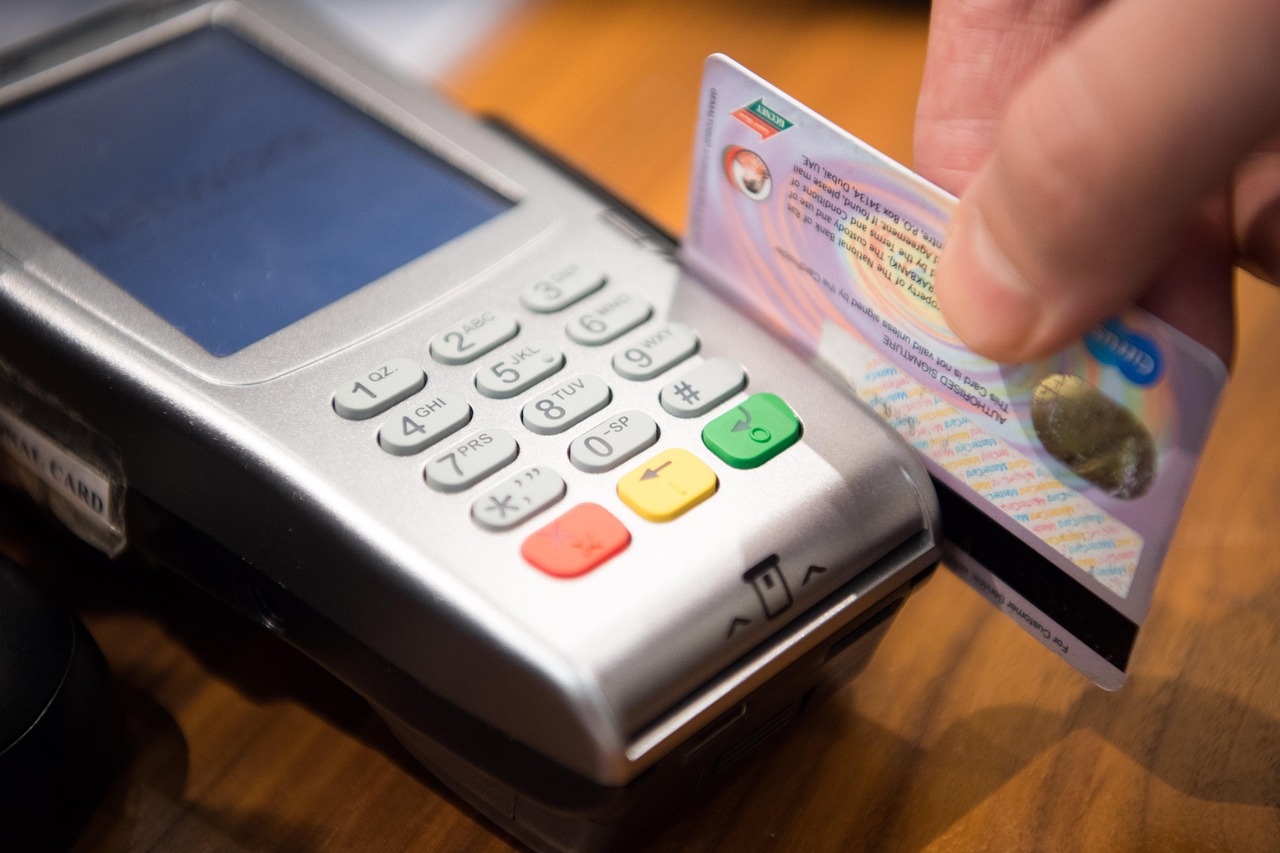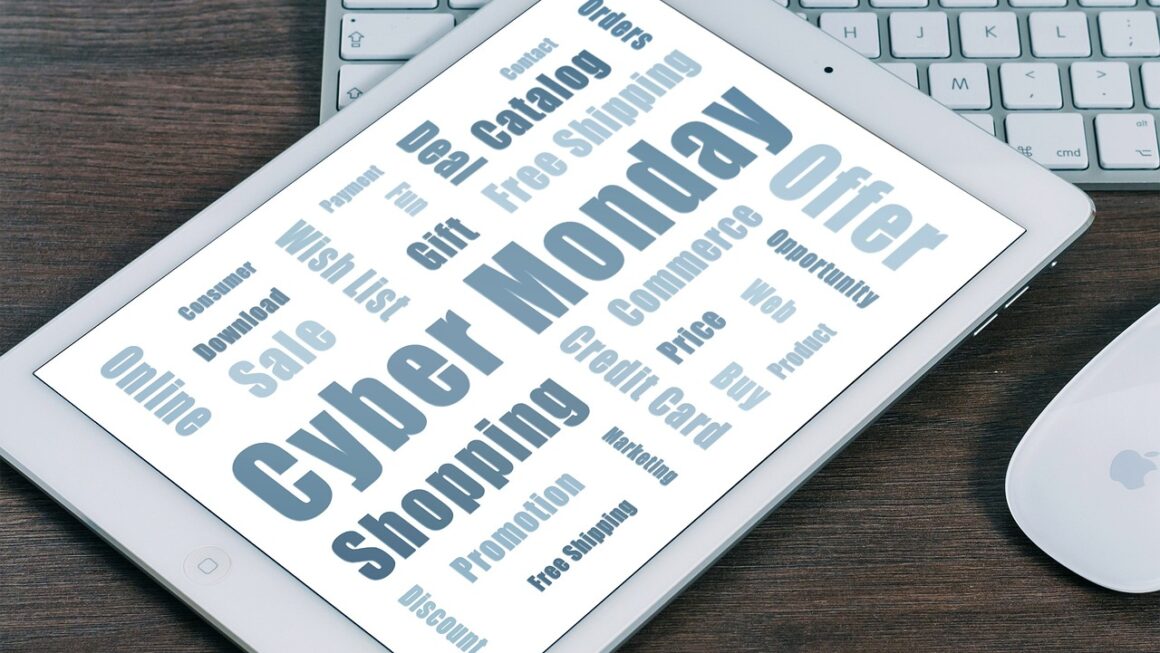Customer experience is no longer just a buzzword; it’s the cornerstone of modern business success. In today’s competitive landscape, where customers have endless choices at their fingertips, creating a positive and memorable journey is paramount. It’s the defining factor that separates thriving businesses from those struggling to stay afloat. This blog post delves deep into the nuances of customer experience (CX), offering practical strategies and insights to help you elevate your CX and foster lasting customer loyalty.
Understanding Customer Experience (CX)
What is Customer Experience?
Customer experience encompasses every interaction a customer has with your company, from the moment they first hear about you to long after they make a purchase. It’s not just about customer service; it’s about the totality of their perception and feelings regarding your brand. This includes:
- Website navigation and usability
- Marketing and advertising
- Sales interactions
- Customer service encounters
- Product quality and performance
- Post-purchase support
A positive CX leads to increased customer satisfaction, loyalty, and advocacy. Conversely, a negative CX can result in lost business, negative reviews, and reputational damage.
The Importance of CX
Investing in customer experience yields significant returns. Consider these benefits:
- Increased Customer Loyalty: Happy customers are more likely to become repeat customers and brand advocates.
- Higher Revenue: Loyal customers spend more over time and are less price-sensitive.
- Improved Brand Reputation: Positive word-of-mouth referrals boost brand credibility and attract new customers.
- Reduced Customer Churn: A positive experience keeps customers engaged and less likely to switch to competitors.
- Competitive Advantage: Excellent CX differentiates your business in a crowded market.
A study by PwC found that 32% of customers would stop doing business with a brand after just one bad experience. This statistic underscores the critical need for businesses to prioritize and continuously improve their CX strategies.
Mapping the Customer Journey
Identifying Key Touchpoints
A customer journey map visually represents the steps a customer takes when interacting with your business, from initial awareness to purchase and beyond. Identifying key touchpoints is crucial for understanding the customer’s perspective and identifying areas for improvement. Common touchpoints include:
- Website: Homepage, product pages, blog, contact forms
- Social Media: Posts, ads, direct messages
- Email Marketing: Newsletters, promotional emails, transactional emails
- Sales Interactions: In-store experiences, online chats, phone calls
- Customer Service: Helpdesk, live chat, phone support
Creating a Customer Journey Map
Develop a detailed customer journey map that includes:
- Customer Persona: Create a fictional representation of your ideal customer, including their demographics, motivations, and pain points.
- Customer Goals: Understand what the customer is trying to achieve at each touchpoint.
- Customer Actions: Map out the specific actions the customer takes at each stage of the journey.
- Customer Emotions: Identify how the customer feels at each touchpoint (e.g., frustrated, satisfied, delighted).
- Pain Points: Highlight any obstacles or frustrations the customer experiences.
- Opportunities: Brainstorm potential improvements to enhance the customer experience.
For example, if a customer struggles to find information on your website (a pain point), the opportunity is to improve website navigation and content organization. Use heatmaps and session recordings to identify common user behaviors and pinpoint areas needing optimization.
Personalization and Customization
The Power of Personalization
Customers increasingly expect personalized experiences. Personalization involves tailoring interactions and content to individual customer preferences and needs. This can include:
- Personalized Product Recommendations: Suggest products based on past purchases or browsing history.
- Personalized Email Marketing: Segment your email list and send targeted messages based on customer demographics, interests, and purchase behavior.
- Personalized Website Content: Display relevant content based on the customer’s location, industry, or job title.
- Personalized Customer Service: Address customers by name and acknowledge their past interactions.
Data from McKinsey shows that personalization can deliver five to eight times ROI on marketing spend and can lift sales by 10% or more.
Strategies for Implementing Personalization
- Collect Customer Data: Gather information through surveys, website analytics, CRM systems, and social media.
- Segment Your Audience: Divide your customer base into smaller groups based on shared characteristics.
- Use Personalization Tools: Implement CRM, marketing automation, and website personalization platforms.
- Test and Optimize: Continuously monitor and refine your personalization efforts to improve results.
For instance, an e-commerce site can send personalized email recommendations based on items a customer recently viewed but didn’t purchase. This gentle reminder, combined with a compelling offer, can significantly increase conversions.
Measuring and Improving CX
Key Metrics for Measuring CX
Tracking key metrics is essential for evaluating the effectiveness of your CX initiatives and identifying areas for improvement. Common CX metrics include:
- Net Promoter Score (NPS): Measures customer loyalty and willingness to recommend your brand.
- Customer Satisfaction (CSAT): Measures customer satisfaction with specific interactions or experiences.
- Customer Effort Score (CES): Measures the ease with which customers can resolve their issues.
- Customer Retention Rate: Measures the percentage of customers who remain loyal over a specific period.
- Churn Rate: Measures the percentage of customers who stop doing business with you.
Collecting Customer Feedback
Actively solicit customer feedback through various channels:
- Surveys: Send post-purchase surveys, email surveys, or in-app surveys.
- Feedback Forms: Include feedback forms on your website and in your mobile app.
- Social Media Monitoring: Track mentions of your brand and respond to customer comments and complaints.
- Customer Reviews: Monitor online review sites and encourage customers to leave reviews.
- Live Chat and Phone Support Transcripts: Analyze interactions to identify common issues and areas for improvement.
Use the feedback you collect to identify areas where you’re excelling and areas that need improvement. Implement changes based on customer insights and continuously monitor the impact of those changes on your CX metrics. For example, if CSAT scores for phone support are consistently low, investigate the issue and provide additional training to your support team.
Empowering Employees to Deliver Exceptional CX
The Role of Employee Experience (EX)
Employee experience directly impacts customer experience. Happy and engaged employees are more likely to provide excellent service and create positive customer interactions. Investing in EX is critical for fostering a customer-centric culture.
Strategies for Empowering Employees
- Provide Comprehensive Training: Equip employees with the knowledge and skills they need to deliver exceptional service.
- Empower Employees to Make Decisions: Give employees the autonomy to resolve customer issues without requiring multiple levels of approval.
- Foster a Positive Work Environment: Create a supportive and collaborative work environment that encourages employees to go the extra mile for customers.
- Recognize and Reward Employees: Acknowledge and reward employees for their contributions to delivering exceptional CX.
- Provide Regular Feedback: Offer constructive feedback to help employees improve their performance.
Zappos, for instance, is renowned for its employee-centric culture, which translates into exceptional customer service. Zappos empowers its employees to handle customer inquiries with empathy and flexibility, resulting in highly satisfied customers.
Conclusion
In today’s customer-centric world, prioritizing and continuously improving customer experience is no longer optional – it’s a necessity for survival and success. By understanding the customer journey, personalizing interactions, measuring and improving CX metrics, and empowering employees to deliver exceptional service, businesses can create lasting customer loyalty, drive revenue growth, and gain a competitive edge. Embrace a customer-first mindset and invest in building a superior CX to unlock the full potential of your business.






